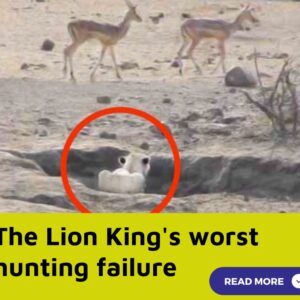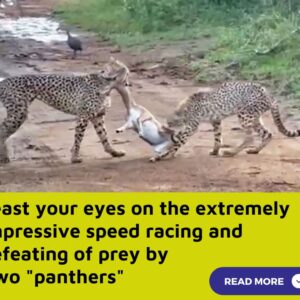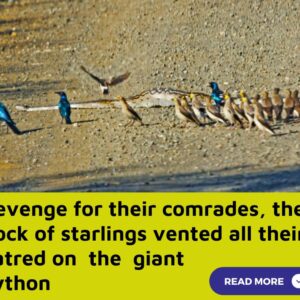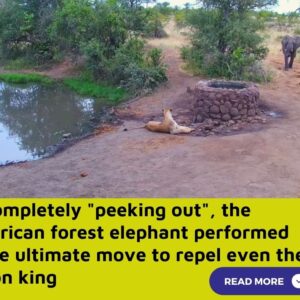Nature has given dragonflies the most powerful weapons to improve their efficiency in every hunt.
When thinking about the most successful predator in the natural world, many people probably think of something big and agile, such as a Cheetah or a cat.
However, based on the data, Cheetahs – the fastest animals on land – can only catch their prey with a success rate of 20% to 30%. So what is the most successful predator on Earth? In fact, you can still see them every day, especially before the rain.
That is the dragonfly, the creature with bright colors, compound eyes and two sets of wings that you used to chase after your childhood days. Although they may look quite small, in the wild, dragonflies are not prey at all.
Instead, these creatures are some of the most successful predators on the planet, with an accuracy rate of around 95% when hunting.
This is a higher success rate than any other organism on Earth, according to a report from the Willistown Conservation Trust.
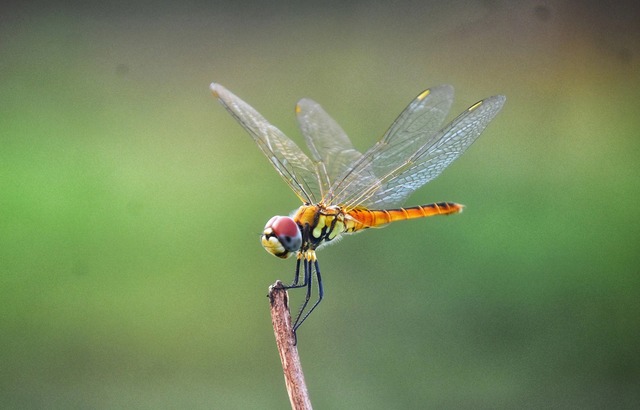
The secret to their success lies largely in the unique adaptations they have accumulated throughout their development, including aspects of vision and flight. However, they are not natural predators, because dragonflies spend most of their lives in the larval stage, or pupa.
Dragonfly pupae develop in water from 2-3 months to 1 or 2 years, depending on the species. During this time, the nymphs will prey on anything they can catch such as other insect larvae, worms, crustaceans, snails, tadpoles, and even small fish.
To capture prey, dragonfly nymphs have developed a unique set of extendable hinged jaws, or labium, that can be fired faster than most prey can react.
In fact, the process of dragonfly pupa hunting is similar to the scary scene of the Xenomorph, the feared space creature in the movie Alien.
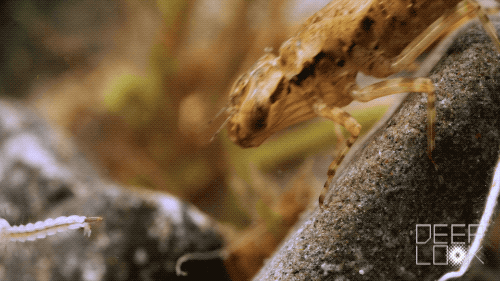
Scene of dragonfly pupae catching prey.
And to keep up with their prey and avoid being hunted, dragonfly nymphs use a unique method of locomotion called jet propulsion. No other insect uses such a movement strategy.
Pupae will suck water from their anal valve, and also take oxygen from there to breathe, and force water out of the anal valve to push their body forward.
This type of tricuspid valve has a similar structure to the human tricuspid heart valve and it is even the inspiration for researchers to design prosthetic heart valves.
As they develop, dragonfly nymphs will molt 5 to 14 times until they are fully mature. As they approach their final molt, the nymphs will sit in shallow water to prepare, to switch from breathing in water to breathing in air.
They then emerge from the water, climbing higher vegetation in the stream or near the shore, looking for a favorable position to begin the final transformation.
Here, they will pump and redistribute body fluids, to slowly push them out of the larval skin. After appearing, they leave behind an empty skin.
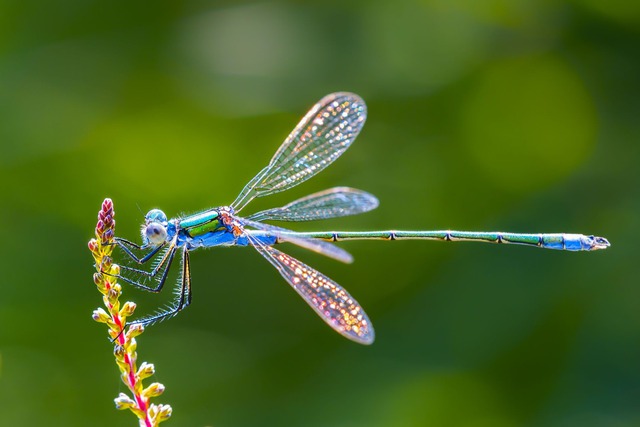
Dragonflies have the ability to control two pairs of wings to operate independently.
After making a splendid appearance, the dragonfly will take off on its first flight. Because they are still quite weak, the first flight of dragonflies is often short, this is also the time when they are especially vulnerable to other predators.
But when their bodies and wings stiffen, they will officially achieve peak hunting performance. Once fully developed, dragonflies will dominate the sky as flying masters.
With the ability to independently control the two pairs of front and rear wings, this insect has extremely high mobility, easily hovering and changing flight direction in any direction, including moving backwards or standing still. in place.
In addition to flying skills, dragonflies are also equipped with an equally agile nervous system. They have the ability to immobilize prey and predict the position of future prey.
In this way, they can intercept their prey in mid-air with extremely high accuracy. This ability is complemented by the slack’s impressive eyesight. Each dragonfly’s eye is made up of thousands of units called ommatidia, which stretch across most of its head area.
As a result, this creature has almost 360-degree vision, except for a small blind spot right behind. Its unique vision also serves as a model of sorts, something many researchers are looking to emulate to develop artificial eyes.
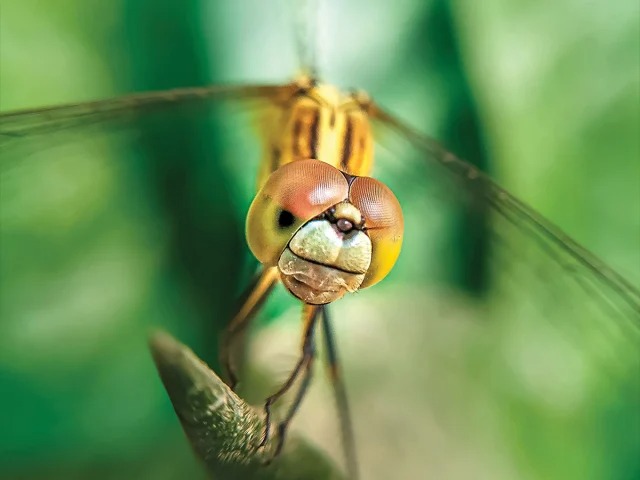
Dragonfly eyes are also a wonder of nature.
As the muse of both science fiction and medical innovation, these precision predators are still demonstrating outstanding hunting performance within their territories.
In the future, it’s possible that some other fearsome creatures will be discovered with predator rates as high as theirs, but for now, the crown still rests on the tiny heads of these little animals. .
By conserving wetlands, we can ensure that dragonflies can continue to inspire awe and innovation for generations to come.
